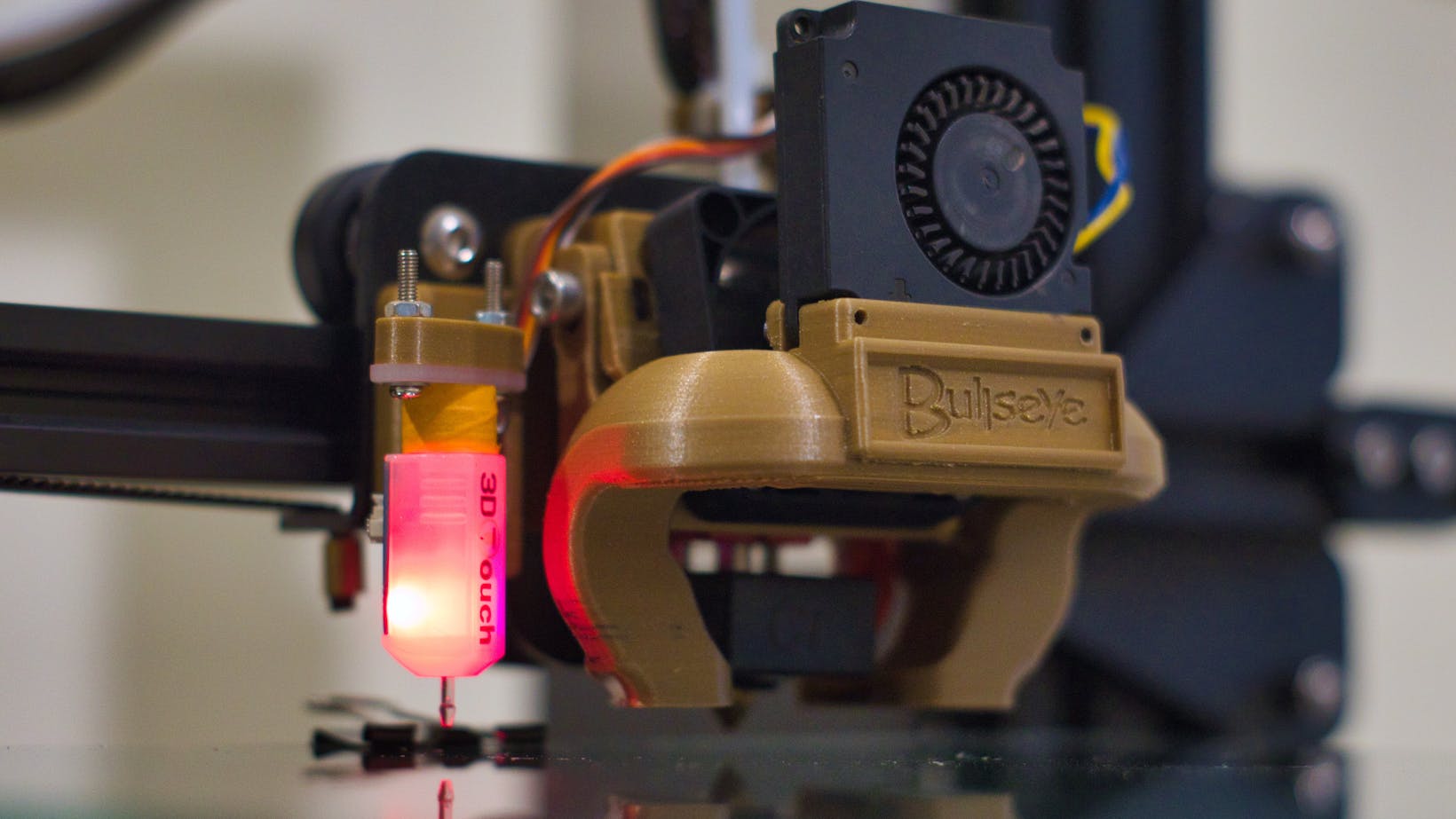
Curious about the time it takes for a how long does 3d printing take? Well, I’ve got the inside scoop on how long does 3d printing take. Whether you’re a seasoned enthusiast or just dipping your toes into the world of additive manufacturing, understanding the timeline is key to managing your expectations.
In this article, I’ll break down the factors that influence 3D printing duration, from the complexity of your design to the type of material you’re using. By the end, you’ll have a clear picture of what to expect when you hit that print button. So, buckle up and get ready to explore the fascinating realm of 3D printing timelines with me.
How Long Does 3D Printing Take
Exploring the intricacies of 3D printing times reveals the critical factors that impact the duration of a print job. how long does 3d printing take, various elements come into play, determining how long the process might take. By delving deeper into these aspects, one can gain a better grasp of what influences the timeframe of a 3D print job.
Factors Impacting 3D Printing Duration
Type of 3D Printer
When considering the time needed for a 3D printing job, the type of 3D printer used plays a crucial role. Different types of 3D printers have varying speeds at which they can complete a print job. For instance, a high-end industrial 3D printer is likely to print much faster than a desktop 3D printer due to its advanced technology and capabilities. Therefore, it’s essential to be aware of the type of 3D printer being used to estimate the duration of the print job accurately.
Complexity of the Design
The complexity of the design being printed is another significant factor that impacts the duration of a 3D printing job. Intricate designs with intricate details and complex geometries will take longer to print compared to simpler designs. This is because the printer needs to move more precisely and slower to ensure the accuracy of intricate details. Understanding the complexity of the design is crucial in estimating the time required for the 3D printing process.
Strategies to Speed Up 3D Printing
How long does 3d printing take, I’ll share effective strategies that optimize the printing process and reduce overall printing time significantly.
**1. ** Optimize Design: Simplifying the design by reducing intricate details and minimizing overhangs can notably speed up printing. Focus on creating designs with efficient geometries for faster and smoother printing.
**2. ** Adjust Layer Height: Decreasing the layer height enhances the print resolution but also extends the printing time. Finding the optimal balance between resolution and speed is crucial in speeding up the printing process.
**3. ** Modify Print Settings: Tweaking print settings such as infill density, print speed, and temperature can significantly impact print time. Adjusting these settings based on the desired outcome can result in faster prints without compromising quality.
**4. ** Utilize Multiple Printers: Running simultaneous print jobs on multiple printers can effectively reduce the overall printing time. Distributing workload across several printers is a practical approach for accelerating the printing process.
**5. ** Implement Batch Printing: Grouping multiple parts or objects into a single print job through batch printing can save time by streamlining the printing process. Maximizing the build platform with multiple objects optimizes print efficiency.
**6. ** Preheat Printer and Filament: Preheating the 3D printer and filament before starting a print job can shorten the initial warm-up time, leading to quicker printing. Ensuring that the printer is at the ideal temperature improves overall printing speed.
**7. ** Use Fast Cooling Fans: Enhanced cooling mechanisms, such as additional fans or upgraded fan settings, can expedite the cooling of printed layers. Rapid cooling helps reduce print deformation and enhances print speed.
By implementing these strategies, I can efficiently speed up the 3D printing process, allowing for quicker turnaround times and improved productivity.









